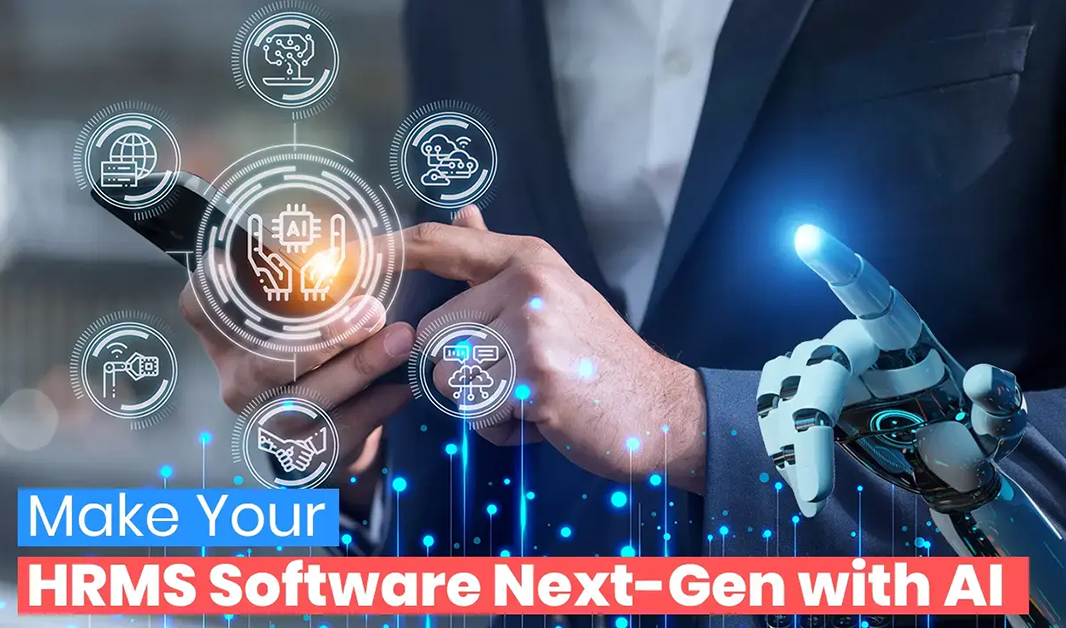
How AI is Redefining Talent Acquisition in 2025
By 2025, AI-driven hiring will screen candidates, predict job-performance, and reduce cost, reshaping modern recruitment processes completely.
How AI is Redefining Talent Acquisition in 2025
The world of talent acquisition is undergoing a seismic shift, driven by advancements in artificial intelligence. Gone are the days of sifting through stacks of resumes or relying solely on gut instinct to identify the right candidate. By 2025, AI has evolved from a buzzword to the backbone of hiring strategies, transforming how organizations attract, assess, and retain talent. This revolution isn’t just about speed or efficiency—it’s about creating a more equitable, data-driven, and human-centric approach to building teams.
One of the most profound changes AI has brought to talent acquisition is its ability to eliminate bias at scale. Traditional hiring processes often unintentionally favor candidates from similar backgrounds, educational institutions, or even personalities. In 2025, AI-powered tools analyze resumes, video interviews, and skills assessments through algorithms trained to ignore demographic details like age, gender, or ethnicity. Instead, they focus on competencies, cultural alignment, and potential. For instance, platforms like Softmerce HRMS now use natural language processing (NLP) to evaluate candidates’ problem-solving abilities based on their responses to scenario-based questions, ensuring decisions are rooted in merit rather than unconscious biases. This shift hasn’t just diversified workplaces—it’s improved retention rates by matching candidates to roles where they’re most likely to thrive.
Predictive analytics has also emerged as a game-changer. By 2025, AI doesn’t just react to hiring needs—it anticipates them. Advanced systems aggregate data from employee performance, market trends, and even macroeconomic indicators to forecast talent gaps months in advance. Imagine a retail company preparing for holiday sales: AI analyzes historical turnover rates, seasonal demand spikes, and competitor hiring patterns to recommend optimal recruitment timelines. These tools also identify internal employees ready for upskilling or lateral moves, reducing reliance on external hiring. This proactive approach slashes time-to-hire by up to 50% and ensures businesses stay agile in fast-moving industries.
The candidate experience, too, has been revolutionized. AI-driven chatbots now serve as 24/7 recruitment assistants, answering queries, scheduling interviews, and even providing personalized feedback to rejected applicants—all in real time. Platforms like LinkedIn and Indeed have integrated generative AI to craft hyper-personalized job descriptions tailored to individual candidates’ profiles. For example, a software developer in Bangalore might receive a job alert highlighting flexible remote work options and projects in machine learning, while a marketing professional in Mumbai sees roles emphasizing creative autonomy and global campaigns. This level of personalization not only attracts passive candidates but also strengthens employer branding in a competitive market.
However, the rise of AI in hiring hasn’t been without challenges. Critics initially feared that over-automation would strip the “human touch” from recruitment. By 2025, leading organizations have struck a balance by using AI to handle repetitive tasks while empowering HR teams to focus on relationship-building. Human recruiters now spend less time screening resumes and more time conducting in-depth interviews, designing mentorship programs, or strategizing diversity initiatives. Tools like emotional AI analyze video interviews for subtle cues—such as tone, facial expressions, and body language—to flag candidates who align with a company’s cultural values, but final decisions remain in human hands. This hybrid model ensures efficiency without sacrificing empathy.
Ethical considerations remain at the forefront. Transparent AI has become non-negotiable, with candidates demanding visibility into how algorithms assess them. In response, platforms now offer “explainability features,” allowing applicants to see which skills or experiences influenced their scores. Regulatory frameworks, such as the EU’s AI Liability Directive and India’s Digital Personal Data Protection Act, mandate audits of hiring algorithms to prevent discrimination. Companies like Infosys and Tata Consultancy Services publish annual AI ethics reports, detailing how their systems are trained, tested, and updated—a practice that’s becoming an industry standard.
Looking ahead, the integration of AI with emerging technologies like the metaverse and blockchain hints at even more transformative possibilities. Virtual reality (VR) onboarding programs, powered by AI avatars, simulate real-world team collaborations for remote hires. Blockchain verifies credentials instantaneously, eliminating resume fraud. Meanwhile, generative AI assists in creating dynamic career development plans, predicting skills employees will need for future roles—from quantum computing specialists to sustainability managers.
Yet, the heart of talent acquisition in 2025 remains unchanged: it’s about connecting people to purpose. AI hasn’t replaced the human element—it’s amplified it. By automating administrative burdens and surfacing insights hidden in vast data pools, AI allows recruiters and candidates alike to focus on what truly matters—potential, passion, and partnership. As we navigate this new era, organizations that embrace AI as a collaborator, not a competitor, will lead the race for talent—and redefine the future of work itself.